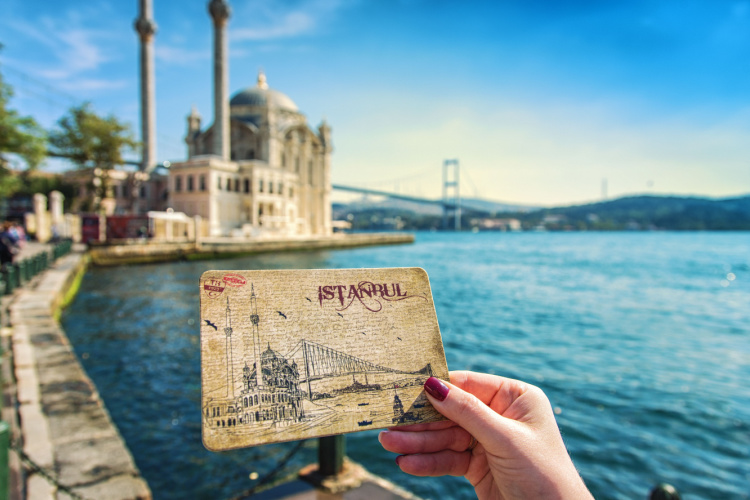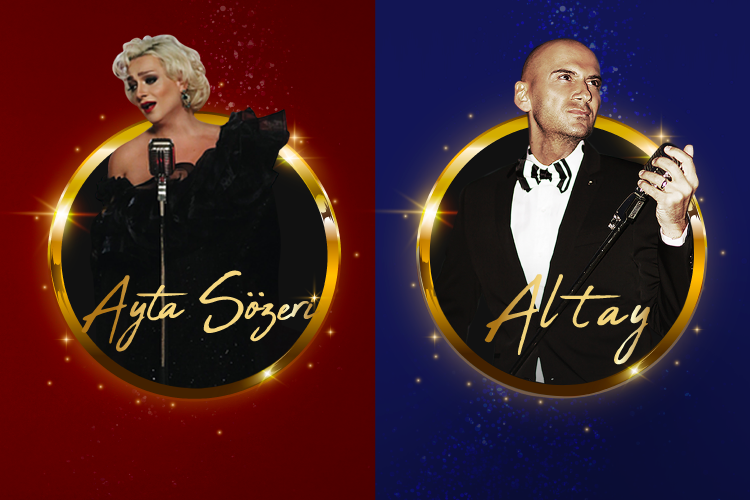
BLOG
- ELİTE WORLD HOTELS & RESORTS
- BLOG
- SHOWCASE YOUR TALENT: TRADİTİONAL TURKİSH HANDİCRAFTS!
Showcase Your Talent: Traditional Turkish Handicrafts!
Traditional Turkish handicrafts, which reveal thousands of years of Turkish culture's artistic and aesthetic heritage, are among the most valuable legacies left to us from Anatolia. These traditional endeavors, which require dexterity, care and patience, encompass many different disciplines. They also reveal the fascinating world of art.
While creating these handicrafts may seem a bit challenging, the process is equally enjoyable and relaxing. If you're looking to make the most of your time, improve your dexterity and embark on a journey into the extraordinary world of art, you can take the first step toward learning traditional Turkish handicrafts. Let's explore these traditional arts, an integral part of our culture, together.
The Fascinating Dance of Water and Paint: Ebru Art
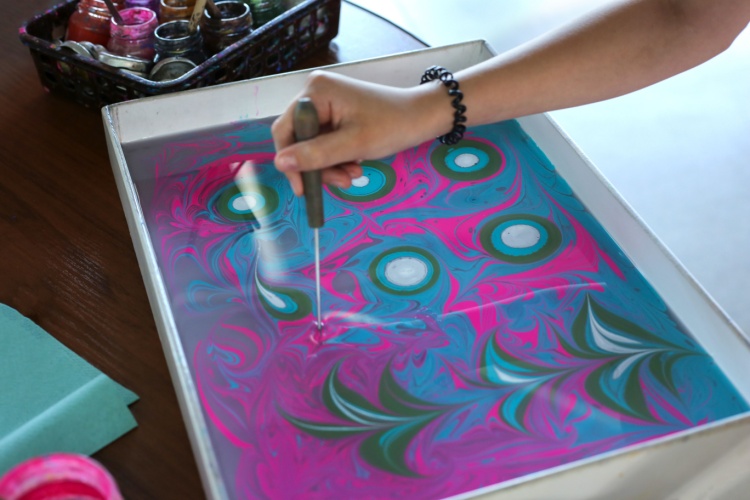
Ebru, one of the most sophisticated traditional handicrafts, comes to life through the dance of colors on the surface of water. This art form is also one of the finest examples of Sufi culture. Unlike a painter, a marbling artist creates their designs not on paper but on water. Using a material called tragacanth, they create patterns and motifs on the surface of concentrated water using special dyes. They then transfer these patterns to paper.
Ebru art encompasses many different techniques. One of these is the battal ebru technique, which involves sprinkling different colors of paint onto the surface of water with a brush and transferring them to the paper without any further intervention. This technique is considered one of the most ideal ways to begin ebru art.
With its unique technique and stunning aesthetics, ebru is an extraordinary handicraft that captivates art enthusiasts both in Turkey and around the world. Imagination is paramount in this traditional handicraft, allowing you to create the designs that you desire. While marbling requires some effort and patience, it's worth learning just for the stunning display of color that emerges in the end!
A Visual Feast of Motifs: Illumination Art
Known as a book decoration art of Islamic origin, illumination is among the most frequently practiced traditional arts in the Ottoman Empire. This word, of Persian origin, means "decoration with gold," and as the name suggests, the primary material of the art is gold.
Illumination, one of the most valuable handicrafts, typically features floral patterns and symmetrical motifs. Often used to decorate the Quran, illumination can also be frequently encountered in documents such as manuscripts and decrees. It's also safe to say that illumination reached its most glorious period, particularly during the reign of Suleiman the Magnificent.
While the materials that are used are relatively more expensive than other traditional Turkish handicrafts, this art form continues to enjoy intense interest today. If you enjoy creating patterns and motifs using your creativity, illumination might be one of the most suitable traditional art forms for you.
The Dazzling Form of Colors: Tile Art
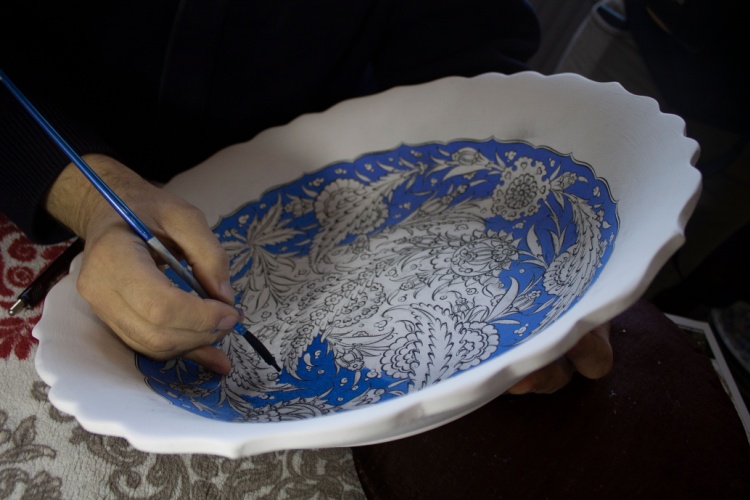
First appearing during the Karakhanid period, a Muslim Turkish state, tile art is today among the most well-known traditional Turkish handicrafts. The use of tile patterns in architectural structures dates back to the Great Seljuk and Anatolian Seljuk periods. In short, this art, which allows for the creation of elegant works using creative motifs and harmonious colors, can be said to have a history spanning over a thousand years.
The foundation of tile art is based on the firing and shaping of a special clay into objects. The most commonly used materials are ceramic, quartz, clay and glass powder. The most distinctive feature of this traditional art is the unique, captivating patterns that are created through tile painting techniques and tile motifs.
Today, you can find tile art in many areas of life. You can often see it in the interior and exterior decorations of structures such as mosques, historic mansions and mausoleums. You can also see traces of tile art in decorative accessories, porcelain plate ornaments, tiles and ceramic kitchenware. If you are interested in colors and patterns, you should definitely try this traditional handcrafted art, which is incredibly enjoyable.
The Most Aesthetic Form of Writing: Calligraphy
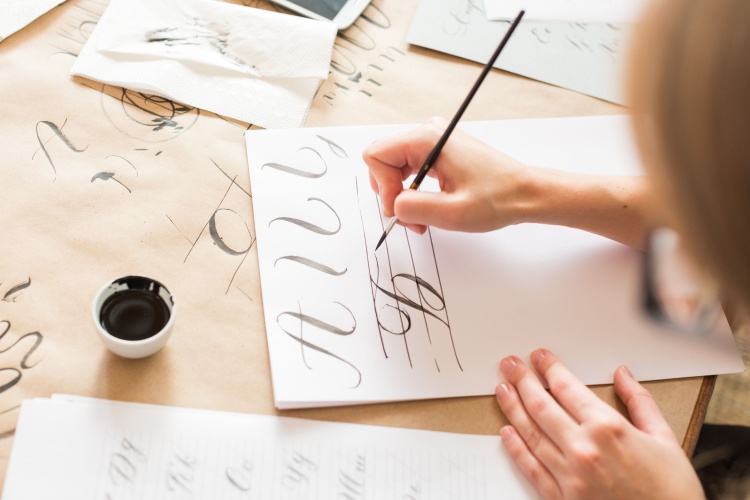
Calligraphy, an Islamic art of calligraphy dating back to the Ottoman period, is the art of beautiful writing. This art is based on the harmonious, aesthetic and meaningful arrangement of letters. Materials such as ink, paper, pen and inkwell are used in the application process.
Calligraphy, based on the Arabic alphabet, takes its name from the Arabic word for line, calligraphy. The purpose of this handicraft is to arrange letters beautifully and elegantly, to adorn the pages of works and to create visual harmony. Calligraphy can be found in a wide range of areas today, from mosque and palace walls to home decor and books. If you wish to combine writing with art, you can develop your skills in this field.
Embroidering Elegance: The Art of Cross-Stitch
Cross-stitch, one of the most colorful handicrafts of Anatolian culture, takes its name from the special cross-stitch fabric on which it is embroidered. The earliest examples of cross-stitch can be found in the textile decorations of mosques and homes during the Ottoman period.
Known as one of the most popular forms of embroidery from past to present, cross-stitch is created by embroidering crosses (X) with colored threads on square-patterned etamine fabric. This craft requires considerable effort and great patience.
Cross-stitch is often used in home textiles, dowry items and tablecloths. This delightful handicraft is extremely valuable both for its ability to keep the spirit of Anatolia alive in stitches and as a cultural heritage passed down from grandmothers and great-grandmothers to their grandchildren. If you're looking for a traditional Turkish handicraft that is made with fabrics and threads, then you are going to enjoy cross-stitch!













